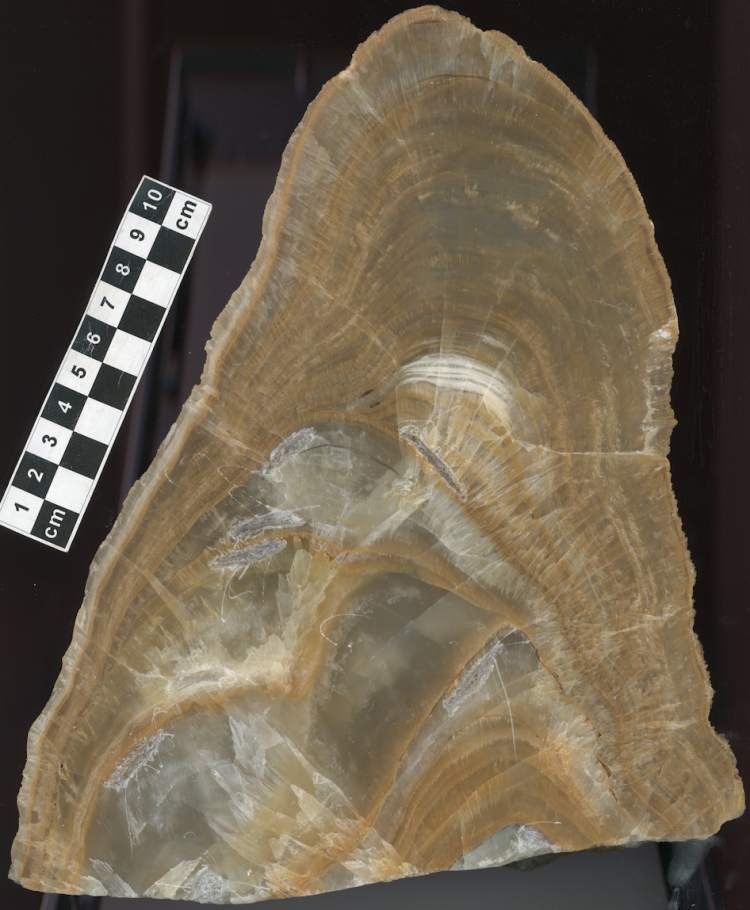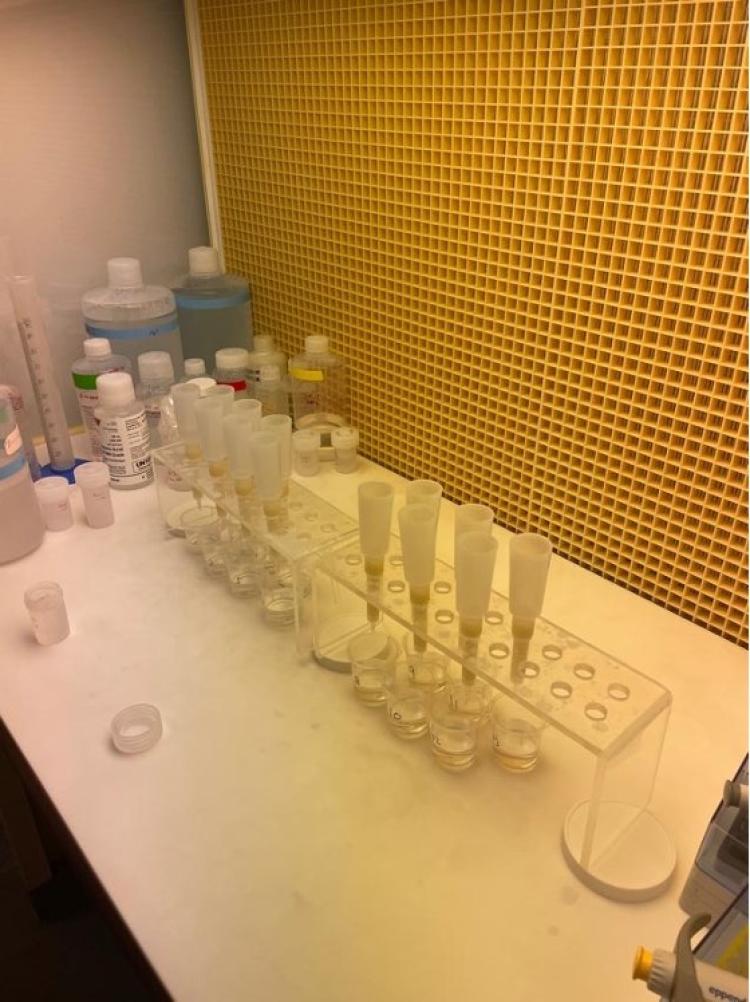Bryce Belanger - Project Profile
2021 AGeS awardee
Lab: Berkeley Geochronology Center
Lab Mentors:
What scientific question(s) does your research address and what motivates this work?
My research seeks to better understand changes in past precipitation, specifically during warm periods in earth’s past that can provide a potential analog for future climate change. In this project, I am using a speleothem from northern California to help determine if warmer temperatures during the Last Interglacial period (129,000 – 116,000 years ago) lead to wetter or drier conditions relative to the present at Lake Shasta Caverns, California. Using this information, I will address the question of what drivers in the climate system were causing these precipitation shifts, and can we expect similar precipitation regimes under various future warming scenarios. This work is motivated by the effort to improve projections of future changes in rainfall and snowfall due to anthropogenic climate change. Reconstructing past climate during warm periods is critical in the effort to predict the effects of future warming on precipitation patterns, as accurate projections of future climate are essential for resource planners and policy makers as they prepare and plan for future droughts, floods and shifting precipitation regimes across the western US.
What chronometric tool did you employ and why?
In this project I used 230Th-U dating techniques to determine the age of the speleothem samples I was working with. 230Th-U was employed in this study because it is widely regarded as the most effective chronometric tool for determining the formation age of speleothem calcite. Sample size for this technique is relatively small (200-400 mg of powder are required) so I was able to date 10 separate locations within the speleothem. This allowed me to reconstruct the entire growth history of the sample, including the growth rate and any hiatuses in growth. Using 230Th-U techniques, I determined that the LSC-5 speleothem grew from ~133,000 years before present to ~109,000 years before present, providing full coverage of the Last Interglacial period (Fig. 1).

Figure 1: LSC5 sample, collected from Lake Shasta Caverns, CA.
What were some of the key takeaways of your research?
- The LSC-5 speleothem grew from 133,000 years before present until 109,000 years before present.
- There was a brief growth hiatus around 130,000 years before present. Future work will help to determine the exact duration of this growth hiatus.
- Speleothem growth appears consistent and regular from 124,400 years before present until 109,000 years before present, suggesting relatively constant wet conditions above the cave. Future geochemical analyses (trace elements and stable isotopes) will help to reveal more information regarding past precipitation at this location.
What new experiences, opportunities, and collaborations did you gain as an AGeS-Grad awardee?
I had an incredible time visiting the Berkeley Geochronology Center (BGC), and made many connections through this work. I spent two weeks in Berkeley and gained hands-on experience in all facets of the 230Th-U dating process. I participated in sample preparation, geochemistry Fig. 2) and instrumental analysis using the multi-collector inductively coupled plasma mass spectrometer. I gained new collaborators including PIs and postdocs from BGC. I am hoping to return to BGC in the future to collect new 230Th-U ages from other speleothem samples I have collected, and hope to launch numerous future projects through these new collaborations.
What is one piece of advice you have for future AGeS-Grad award applicants or awardees?
In my case, it was very helpful to connect the geochronology aspect of my project to the broader implications of reconstructing past climate change. When possible, try to tie your geochronology goals into a broader context.

Figure 2: Column chemistry setup for 230Th-U dating procedure at the Berkeley Geochronology Center, Berkeley, CA.

